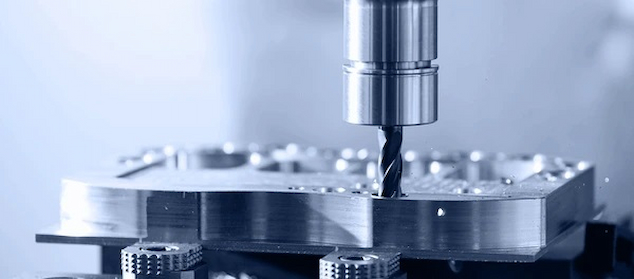Contents
CNC machines have become fundamental tools in modern manufacturing, automating tasks that require high precision and speed. From crafting intricate metal parts to shaping wood and plastics, they efficiently turn digital designs into physical products. For anyone looking to enhance production quality and consistency, understanding these machines is the first step toward making an informed purchase; a purchase that will save you a lot of time and headaches in the long run and one you won’t regret.
Exploring CNC Machine Types
Several types of CNC machines are crafted to meet specific manufacturing requirements.
- Laser CNC machines use concentrated beams of light to execute extremely precise cuts and delicate engravings on materials like metal, plastic, and wood. This makes them especially suited for projects demanding fine detail and minimal heat damage.
- Plasma cutters generate a jet of electrically charged gas capable of slicing through thick metal rapidly, ideal for heavy steel fabrication.
- Oxy-fuel CNC machines combine oxygen with fuel gases to produce intense flames, effective for cutting thicker steel and iron, widely used in industrial settings.
- Routers, equipped with rotating bits, excel at shaping and carving softer materials, including wood, composites, and various plastics.
Choosing the right CNC machine involves evaluating important factors such as the types of materials you will work with, the size of your workspace, your precision needs, and your budget. Machines built with superior components and manufacturing standards tend to perform more reliably and last longer under continual use. A CNC machine’s flexibility to process multiple materials broadens production options.
That is why purchasing a CNC machine tailored to your specific needs can significantly enhance both productivity and the quality of finished products.
Benefits of Modern CNC Technology
Modern CNC machines bring decisive benefits to manufacturing processes. Their accuracy ensures products conform tightly to specified dimensions, which is critical when working with complex designs. Repeatability, or the ability to replicate identical parts reliably, ensures stable quality across production batches. The programmable nature of CNC machines allows for high automation, reducing chances of human error and increasing speed.
Besides operational efficiency, the precise control minimises material waste, helping lower costs over time. This makes this technology valuable not only for large manufacturers but also for smaller workshops aiming to scale their capabilities. It doesn’t matter either way because, as a business owner, no matter the scale of your operation, you’d still benefit from it.
Recent developments include multi-axis control, which allows machines to move in multiple directions simultaneously, enabling intricate shapes difficult to achieve with traditional equipment. Integrated diagnostic systems monitor machine health in real time, flagging issues like tool wear or mechanical faults early to minimise downtime and maintenance expenses. Additionally, enhanced machine construction reduces vibrations, which improves cut quality and extends the life of cutting tools.
Though manual and semi-automatic machines still exist, CNC systems stand apart for their speed, precision, and adaptability, all factors vital for commercial success. Many models also support standard programming languages and integrate smoothly with CAD/CAM software, streamlining workflows from digital planning to physical production.

Tips for First-Time Buyers and Practical Considerations
For those new to CNC machines, the buying process can be daunting. Start by assessing the space where the machine will operate, ensuring there is enough room not only for the equipment itself but for safe movement, material loading, and maintenance access. Budget beyond the initial purchase price by including costs for software licences, tooling, spare parts, and ongoing maintenance.
It is crucial to know the materials you plan to cut or carve, as these machines are designed for metal may not perform optimally with wood or plastic, and vice versa. Verify the power, cutting speed, and tooling capabilities to match your intended applications. Machines offering user-friendly interfaces and broad software compatibility help reduce training times and improve productivity.
Build quality directly affects machine stability, which determines accuracy and surface finish. Features like automatic tool changers can enhance efficiency by reducing manual intervention during production runs. Dust extraction and containment options maintain a cleaner work environment, especially when working with wood or composites. Reliable customer support, warranty coverage, and access to spare parts are key to minimising downtime and extending the machine’s operational life.
Making the Right CNC Choice
Getting a CNC machine is a balance of several factors: technical specifications, material needs, workspace logistics, and budget constraints. Investing in a well-built, technologically advanced CNC machine can dramatically improve manufacturing precision, speed, and flexibility. Careful selection enables users to adapt easily to new project demands and market changes.
Focusing on machine durability, software and hardware capabilities, and strong after-sales support ensures the machine will serve as a dependable production tool over time. Thorough research helps avoid costly mistakes and supports smarter, long-term decisions.




Comments are closed.